Kopli: the forgotten neighbourhood.
Tallinn is in a state of monumental metamorphosis. Apartment blocks rise up from the fertile ashes of a post-industrial wasteland, cafés procreate, shopping malls swell and futuristic trams glide silently across their new domain.
In this frenzy of accelerated growth, huge swathes of the city are being left behind; dormant and unloved.
Hidden Tallinn is here to shine a light on these forgotten corners, uncovering the stories that lie behind the shabby facade while looking forward to a bright future.
Kopli has been one of the most maligned and overlooked districts in Tallinn – a suburb synonymous with crime, relative poverty and municipal neglect.
As Tallinn continues to quench this insatiable thirst for construction, her gaze will inevitably turn towards this sleepy forgotten district.
Until then, Kopli is ripe for exploring.
If you like what you see and you’ would’d like to experience more, check out the link below and book a private Kopli Walking Tour with me!
Where is Kopli?
A good question.
Despite the fixed nature of the border on this map, there are actually two ways to define Kopli:
1) MUNICIPAL KOPLI – the red outline on this map. Official city boundaries drawn up by local government. Useful to know if you’re an administrator, urban planner or a postman.
2) ‘CULTURAL’ KOPLI – Characterised by of wooden houses, abandoned factories and an absence of ‘mainstream culture’. In the minds of many locals the unofficial neighbourhood boundary is much larger, encompassing district of Sitsi and the northern half of Pelgulinn.
This ‘Forgotten Tallinn Series’ will focus on Cultural Kopli.
What’s the story of Kopli?
PRE-1910
Kopli is actually one of Tallinn’s younger districts – a strange fact, considering that the Old Town, less than 6km away, has been inhabited for 800 years.
Prior to 1910, everything north of this cotton factory at Sitsi 11 was under the dominion of nature. Kopli was a huge forest on the outskirts of Tallinn city centre.
In stark contrast with contemporary attitudes, the region was very popular with the more affluent citizens of Tallinn who would often visit this peninsula for an afternoon stroll or seaside picnic.
Industry Arrives (1912)
With World War One looming, Tsarist Russia was seeking to strengthen its defences. Military structures were assembled throughout the Russian territories as a period of accelerated building began.
In Tallinn, the Kopli forest seemed the most obvious canvas upon which to construct this new industrial landscape. Plans were drawn, contracts signed and the green light was given.
Within a few years, Kopli was transformed from a sleepy forested peninsula to a vast construction site and the urban landscape of Tallinn was transformed forever.
A Shipbuilding District
Shipbuilding was the industry of choice – unsurprising given the abundance of coastline. During this intense period of construction Estonian and Russian workers built three shipyards.
Bekker – built in 1913-1914 for the manufacturing of destroyers and other large military vessels. The accompanying settlement area is hard to detect today, though some structures survive, including the water tower.
Noblessner – huge factory complex and port dedicated to submarine building during World War One. Due to its proximity to the city centre there was no need for an additional settlement to be built.
Russo-Baltic– by far the most expansive construction project. The architects and designers of this project sought not only to build a giant shipyard on the tip of Kopli Peninsula but an entire community. Housing for workers, families and management staff, tramlines, a school, canteen, shop, sewage system, electricity production and even a sauna were all built. This was not simply an industrial construction project, this was the birth of a new district. The birth of Kopli.
All three shipyards survive today in various stages of functionality.

Credit: Eesti Arhitektuurimuuseum
Kopli Lines
The second half of the twentieth century is dominated by the increasing misfortunes of Kopli Liinid (Kopli Lines – map).
The story of “the Lines” is so central to modern-day Kopli that I have devoted an entire article towards telling the tale…
Click here to read ~{Forgotten Tallinn Series, Ep.3}~ Kopli Lines
In its heyday, this tiny network of wooden houses and barracks was home to a tight-knit working class community. Complete with family housing and social infrastructure this modest neighbourhood was functioning settlement for thousands of inhabitants.
Gradually, over decades, “the Lines” begin to lose its identity. Families moved out and social outcasts moved in. Poverty has dug in its claws and for the last few decades this has become a real problem area. Mafia wars and a proliferation of drug addicts ramped up a general feeling of fear and derision from Tallinn citizens.

The further one travels into the district the more visceral this neglect becomes. “The Lines” are in the final stage of decay, but all is not lost. An interesting future beckons.
Later in the “Forgotten Tallinn Series”, we will look at the possible future of Kopli and “the Lines”. A monumental shift lies ahead, if opportunity knocks. Stay tuned.
Kopli’s Decline
As economic systems and social conditions changed under Soviet rule, funding and investment moved elsewhere. Neglect became the default government policy as Kopli slipped into a state of steady decline.
Since the 1990s, fires, dereliction, drug abuse and crime have become commonplace. The social problems that emanated from “the Lines” have seeped into other areas of the community and many Tallinn residents have become too scared to visit Kopli, tending to keep away.
Negative news stories > > negative attitudes towards Kopli > > fear and derision > > further neglect from government > > even more negative news stories
It is a vicious cycle that the district has not managed to escape.
Reputation: is it justified?
- YES – there is a high percentage of crime as local residents have shifted from local working class families to those seeking simple shelter. Social outcasts proliferate Kopli Lines.
- NO – normal life still continues here, outside of “the Lines” there are families and a peaceful scattering of nature. Poverty is visible, but it’s not absolute poverty. People are poorer but population is not destitute. The atmosphere is more ‘depressive’ or ‘gloomy’ than dangerous.
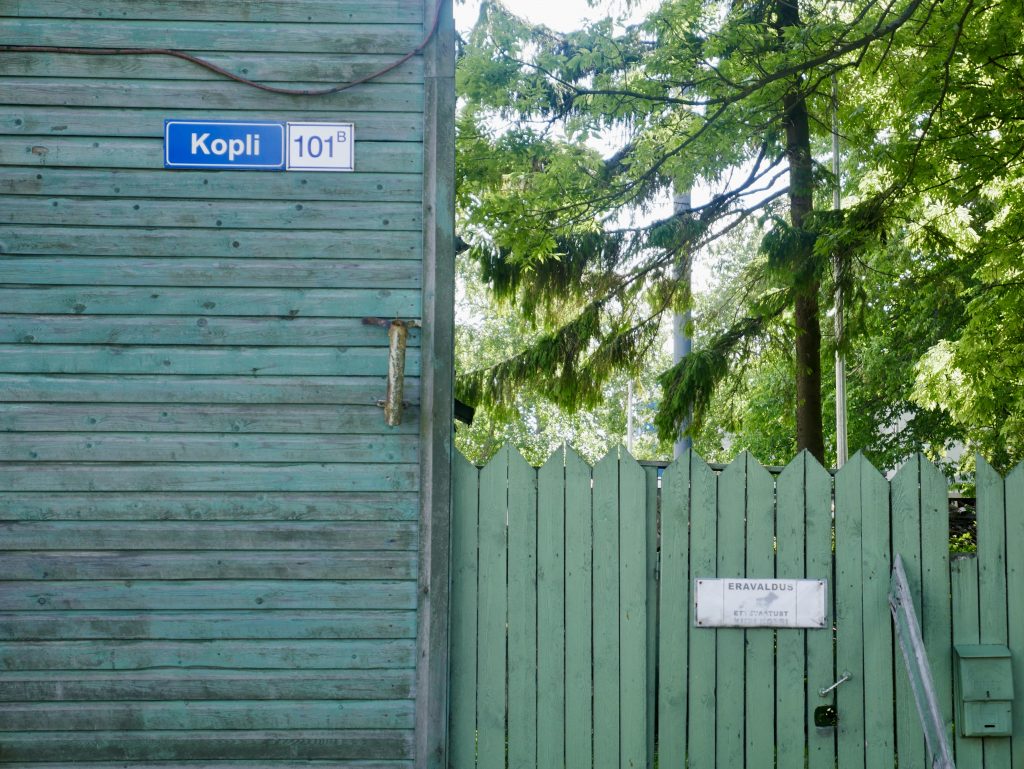
It doesn’t sound like the nicest place on Earth; why is Kopli so interesting?
A fair comment and fair question. To many citizens, Kopli seems to be a classic tale of a district that grew around an industry that has since fallen, leading to neglect and increased social problems. A classic ‘slum story’.
…but there is intrigue here as well.This district has been frozen out of the 21st century Tallinn success story, but there is history here. The abandoned buildings; the people; quaint wooden houses; the atmosphere; they all tell the story. Look with inquisitive eyes and the tales will be revealed.
“The touch of the great currents of history can be felt in Kopli, perhaps at first glance unattractive with its somewhat run-down and worn appearance, and a great challenge for the future can be anticipated as well. This makes Kopli fascinating.”
This forgotten region is snapshot of pre-War working class Tallinn, caught in a state of post-industrial decline, on the verge of drastic change.
Make no mistake, this slumbering district is on the brink of a metamorphosis. The Kalamaja boom will reach Kopli, the stories of the past will be forgotten and many of the structures that tell that story will be lost. Now is the time to explore this district, to understand Kopli before it becomes unrecognisable. There are tales here for those inquisitive enough to seek them.

Should I go? Is it safe?
This is a district for the more adventurous traveller; the kind of traveller who wants to see the world for what it actually is rather than how it is portrayed.
Go during the day and you will be fine. Compared to problem areas in many larger cities across the globe, Kopli is not nearly as menacing. It is even possible to have good night out if you’re really adventurous.
Kopli real district, with a real history, shaped by real people living ordinary lives. It is as much a part of the heritage of the city as the medieval Old Town or the Presidents Palace in Kadriorg and therefore, a district worth seeing in the flesh.
The stories of Kopli are hard to find, but that just makes them all the more rewarding and fascinating.
Kopli Tour
If you would like to explore Kopli in more depth you can join me on my Kopli Walking Tour! I’ve been collecting stories about this neighbourhood for the last decade and I’ve been giving private tours here for the last five years. Click the button below to learn more and book your tour!
What do you think? Have you ever explored Kopli? Have you even heard of this district before? Are you intrigued by this district or put off by its scary reputation?
Let me know what you think of this Forgotten Tallinn Series and thanks for reading.

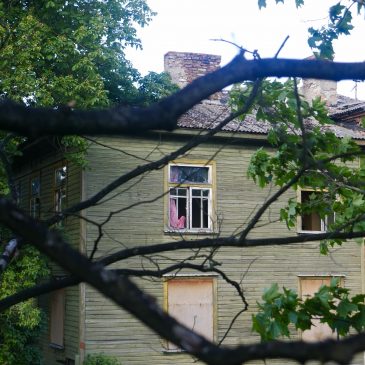
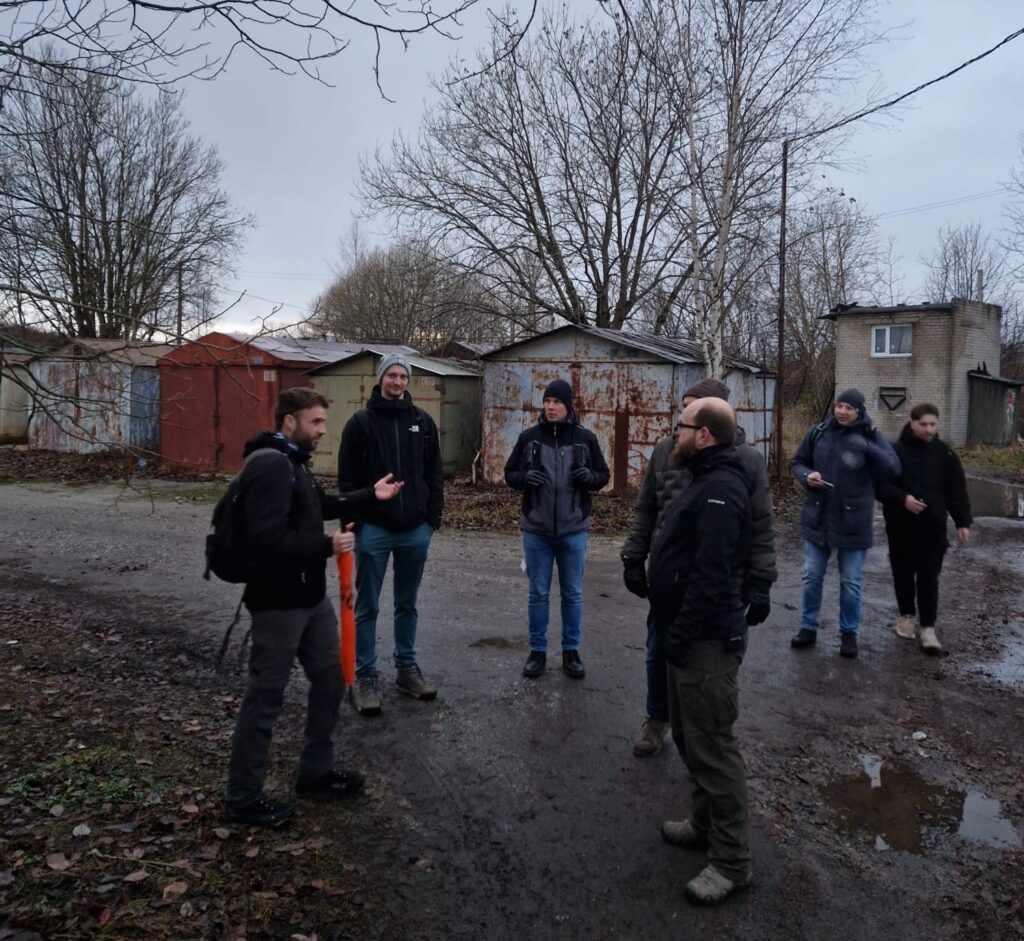
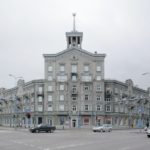
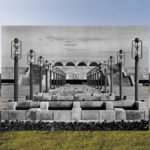
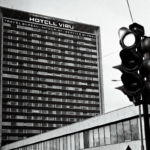

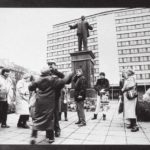
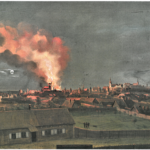
9 thoughts on “~{Forgotten Tallinn Series, Ep.1}~ What’s the story of Kopli?”